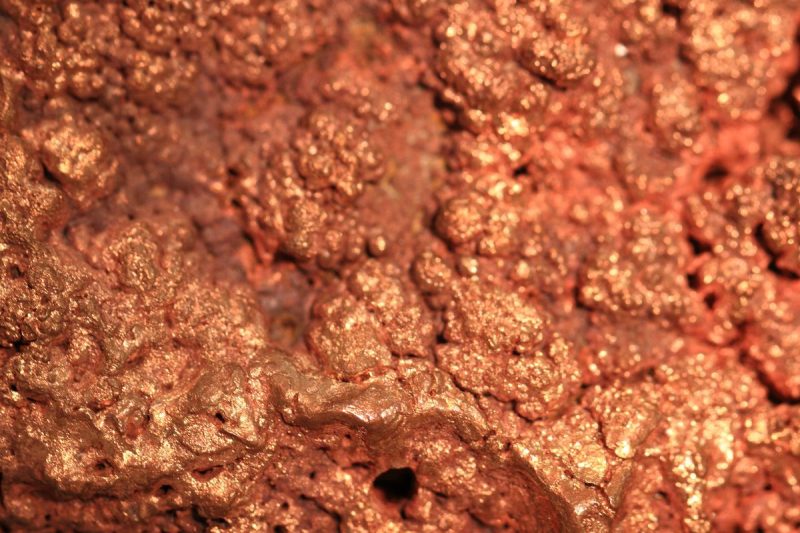In the world of metal production, copper holds a prominent place as one of the most essential and versatile metals. Used in countless applications ranging from electrical wiring to construction materials, the demand for copper remains consistently high. One of the critical processes in the journey of copper from ore to market is refining. Refining is the process by which impure copper is purified to reach the desired level of purity. This article will delve into the intricate process of refining copper, highlighting the key steps involved from ore to market.
Extraction of Copper Ore
The journey of copper refining begins with the extraction of copper ore from geological deposits. Copper ore is typically mined from open-pit or underground mines. The ore may contain various impurities such as sulfides, oxides, and other metals that need to be separated in the refining process. Once extracted, the copper ore is transported to a processing facility for further treatment.
Crushing and Grinding
Upon reaching the processing facility, the copper ore is crushed into smaller pieces and then ground into a fine powder. This process is essential to expose the maximum surface area of the ore, facilitating the subsequent steps of copper extraction.
Flotation Process
The next critical step in copper refining is the flotation process. In this process, the ground ore is mixed with water and chemicals such as frothers and collectors. Air is bubbled through the mixture, causing the copper minerals to attach to the air bubbles and rise to the surface as froth. This froth, containing the concentrated copper minerals, is then collected for further processing.
Smelting
Once the copper concentrate is obtained from the flotation process, it is then sent to a smelter for further refinement. Smelting involves heating the concentrate in a furnace at high temperatures to separate the copper from any remaining impurities. The impurities, known as slag, float to the top and can be skimmed off, leaving behind the molten copper.
Refining
The final stage of copper refining involves further purification of the molten copper to achieve the desired level of purity. One common method of refining copper is electrolysis. In this process, an electric current is passed through the molten copper, causing the pure copper to deposit on the cathode while impurities settle at the bottom as anode slimes.
Casting and Forming
Once the copper has been refined to the desired purity level, it is cast into ingots or other forms suitable for transportation and further processing. These copper products are then ready to enter the market for various applications, such as electrical wiring, plumbing, and industrial machinery.
In conclusion, the refining of copper from ore to market involves a series of intricate processes that require precision and expertise. From the initial extraction of copper ore to the final casting of refined copper products, each step plays a crucial role in ensuring the quality and purity of the end product. As the demand for copper continues to soar, the refining industry remains a vital player in meeting the global need for this versatile metal.

























